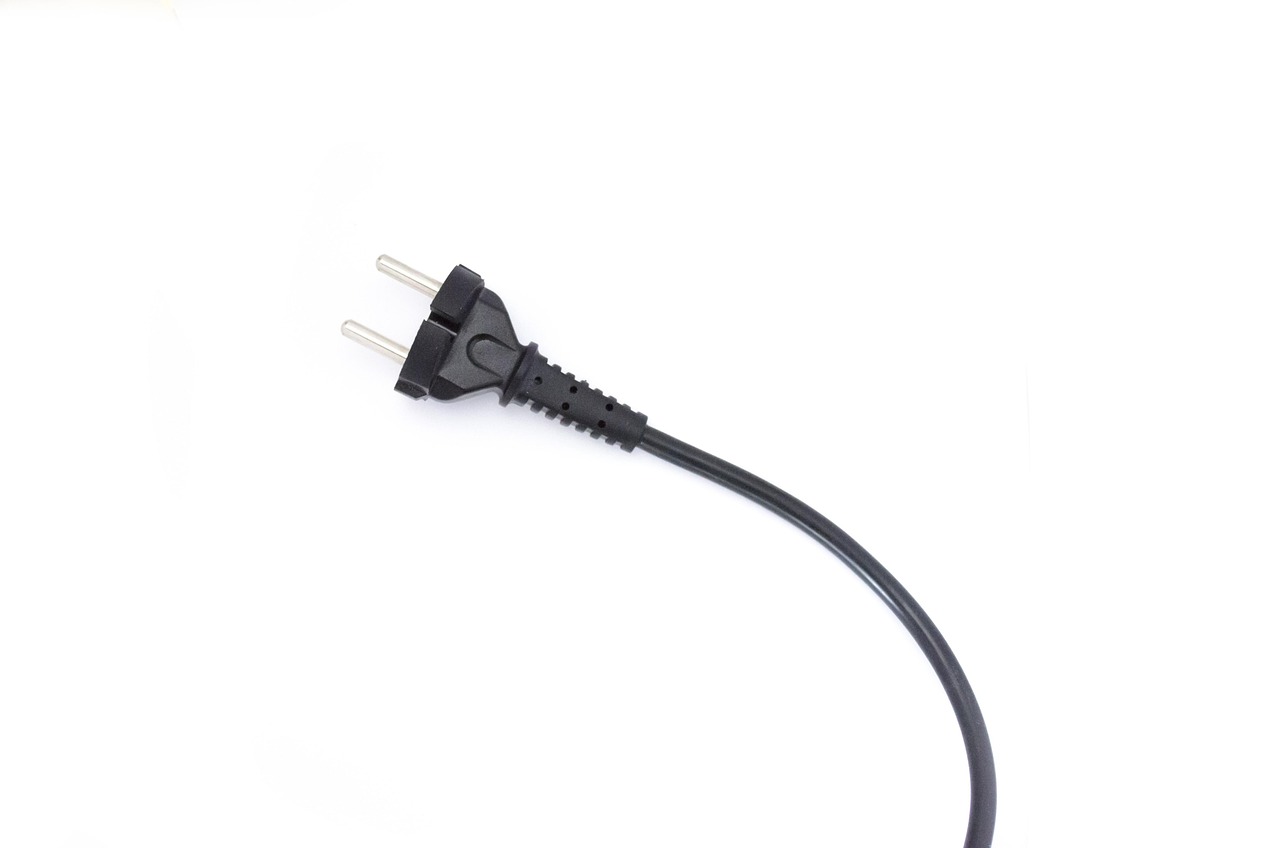Breaking Ground: Mixed Martial Arts and Traditional Martial Arts – A Comparative Dive
The world of combat sports is as old as civilization itself. From the ancient Greek Pankration to the Roman Gladiatorial contests, human beings have always been fascinated by the spectacle of physical confrontation. Today, this fascination finds its manifestation in both traditional martial arts and the rapidly growing field of mixed martial arts (MMA).

A Brief History of Martial Arts
Martial arts, as we understand them today, have their origins in the ancient world. Whether it was the Greeks with their Pankration, the Romans with their gladiatorial contests, or the Chinese with their Kung Fu, civilizations throughout history have always had some form of martial arts. These were often used not just for combat but also for personal growth and spiritual development.
In more recent times, martial arts have evolved into a variety of different forms, each with its own distinct philosophy, training methods, and techniques. These include the likes of Judo, Karate, Taekwondo, and Kung Fu, which have become popular worldwide.
Mixed Martial Arts: A New Contender
In contrast, mixed martial arts is a relatively new phenomenon. MMA, as it is often abbreviated, originated in the early 20th century but didn’t gain mainstream recognition until the late 1990s and early 2000s, largely thanks to organizations like the Ultimate Fighting Championship (UFC).
Unlike traditional martial arts, which often focus on a specific set of techniques and philosophies, MMA is all about combining different fighting styles. An MMA fighter might train in boxing for their striking, Brazilian Jiu-Jitsu for their groundwork, and wrestling for their takedowns. The result is a combat sport that requires a high level of versatility and adaptability.
The Pros and Cons of MMA and Traditional Martial Arts
The benefits of MMA are clear to see. The sport promotes a well-rounded approach to combat, forcing fighters to be proficient in multiple disciplines. This can lead to improved physical fitness, mental toughness, and strategic thinking. However, the sport is not without its critics. Some argue that the focus on violence and aggression can lead to negative social implications, and that the sport lacks the spiritual and philosophical depth found in traditional martial arts.
On the other hand, traditional martial arts are often praised for their focus on discipline, respect, and self-improvement. Many practitioners value the spiritual aspects of the training just as much as the physical. However, critics argue that traditional martial arts can be too rigid and traditional, unwilling to adapt to new ideas and techniques.
Applying the Lessons of Combat Sports
Regardless of whether you prefer the modern, hybrid approach of MMA or the time-tested philosophies of traditional martial arts, there’s no denying that both have valuable lessons to offer. The discipline and respect taught by traditional martial arts can be just as useful in everyday life as they are in the dojo, while the adaptability and strategic thinking required by MMA can be applied to various aspects of life.
In conclusion, both MMA and traditional martial arts have their strengths and weaknesses, but both offer valuable lessons and benefits. Whether you’re interested in getting fit, learning self-defense, or simply looking for a new hobby, both MMA and traditional martial arts are worth considering.
Despite their differences, both MMA and traditional martial arts share one key characteristic: they both represent the human desire to test oneself, to push our physical and mental boundaries, and to continually strive for improvement. And in a world increasingly dominated by technology and convenience, this is perhaps more important than ever.
Note: The provided image shows a cricket match, which is completely unrelated to the article content about Mixed Martial Arts (MMA) and traditional martial arts. This creates a misleading disconnect between the visual content and the article subject matter.




